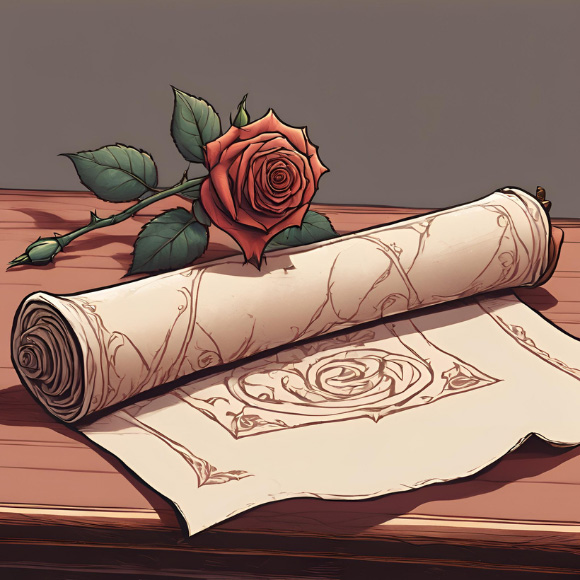Read by Michael Flamel

Ah, the timeless allure of Shakespeare and the delicate beauty of roses—truly a match made in literary heaven! As a fervent admirer of both the Bard and the blooming wonders of nature, delving into the intersection of William Shakespeare and roses feels like strolling through a fragrant garden of literary delights.
Picture this: a stage adorned with petals, the air filled with the sweet scent of romance, and the words of Shakespeare weaving a tapestry of emotions, all centered around the humble rose. Intrigued? Let me regale you with tales of love, passion, and the thorny truths of life, as told by the master playwright himself.
It’s no secret that Shakespeare had a penchant for roses—more than seventy mentions in his works, to be precise. That’s more attention than even the most devoted gardener could lavish upon their prized blooms! And why not? Roses, with their timeless allure and multifaceted symbolism, provided Shakespeare with a rich tapestry of imagery to draw upon.
In the realm of love and romance, the rose reigns supreme as the ultimate symbol of affection and desire. From Romeo and Juliet’s star-crossed passion to the tender verses of Sonnet 18, where Shakespeare immortalizes his beloved with the words, “Shall I compare thee to a summer’s day? Thou art more lovely and more temperate…,” the rose serves as a potent emblem of love’s eternal beauty.
Yet, Shakespeare was not one to shy away from the thorns that lurk beneath love’s delicate facade. In Juliet’s poignant lament, she muses on the rough and prickly nature of love, likening it to a rose that “pricks like thorn.” Here, the rose takes on a darker hue, symbolizing the pain and turmoil that often accompany matters of the heart.
But Shakespeare’s fascination with roses extends beyond matters of love and courtship. In the midst of political intrigue and warring factions, the rose emerges as a symbol of power and conflict. Just as the War of the Roses divided England’s nobility, Shakespeare employs the imagery of roses to depict the tumultuous clash of opposing forces, as seen in the play “Henry VI”.
Beyond the realm of fiction, roses held a prominent place in the cultural landscape of Shakespeare’s time. As legal tender at Europe’s royal courts and the emblem of Queen Elizabeth I herself, roses were not merely admired for their aesthetic beauty, but revered for their medicinal properties as well. Truly, the rose was a flower fit for royalty—a fitting tribute to Shakespeare’s own lofty status in the world of literature.
So, the next time you find yourself lost in the pages of a Shakespearean masterpiece or wandering through a garden ablaze with the colors of Spring, take a moment to pause and appreciate the timeless allure of the rose. For in the hands of a master wordsmith like Shakespeare, even the simplest of flowers can bloom into a tapestry of emotion and intrigue, capturing the hearts and imaginations of audiences for centuries to come.
If you’d like to explore the nature of roses and our relationship with them from a literary perspective, I invite you to check out our Rose Lovers Story Collection for some of the best stories we’ve ever published about this legendary flower, and if you’re looking for history and some practical information about rose varieties and some of the mini-festivals we host here in America honoring the rose in all its variations, check out the second edition of our new Rose Gardening in America Guidebook. ❖


 Previous
Previous

